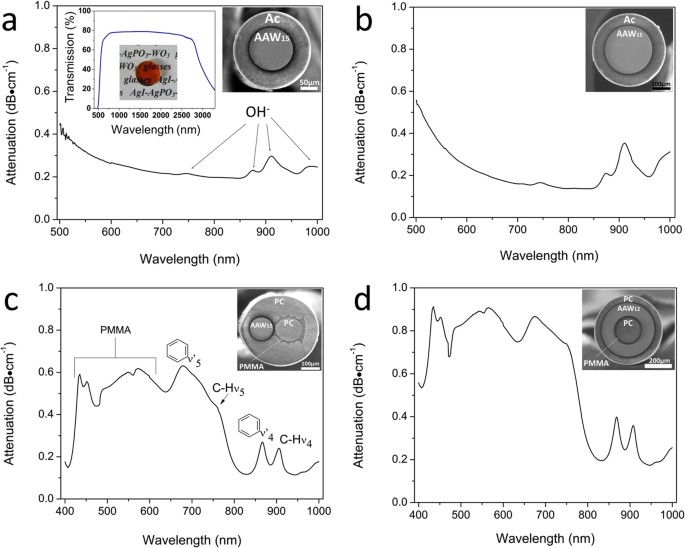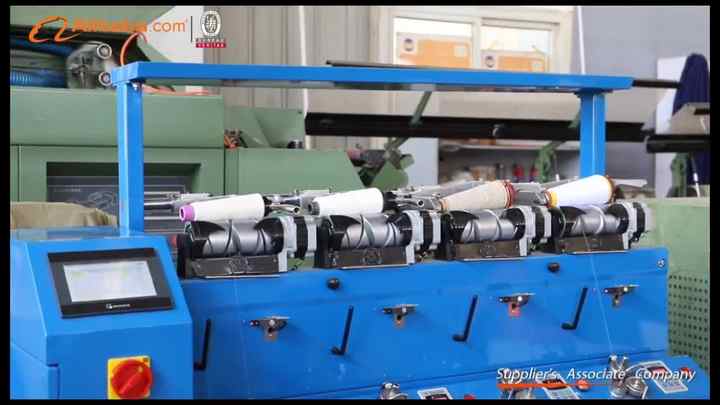New Developments in Optical Fibre Diameter Analyser Measurement Tools
New Developments in Optical Fibre Diameter Analyser Measurement Tools
Blog Article
Maximize Your Fiber Optic Performance: Recognizing Optical Fiber Size Analyser Modern Technology
The efficiency of fibre optic systems is seriously affected by the accuracy of their diameter, a factor usually forgot in the search of ideal signal integrity. Comprehending the innovation behind optical fiber diameter analysers reveals the detailed equilibrium in between dimension precision and production quality. These tools not just boost conformity with industry criteria however likewise give real-time insights that can preemptively attend to possible problems. The implications of their use expand beyond mere measurement; they can essentially change the landscape of fibre optic effectiveness. What variables should one take into consideration to harness their complete capacity?
Importance of Optical Fibre Size
The diameter of optical fiber plays an important role in determining the performance and performance of interaction systems. It influences a number of essential criteria, consisting of the setting of light proliferation, depletion, and bandwidth ability. Larger sizes normally allow for numerous light settings, facilitating higher information transmission rates. Conversely, smaller diameters often tend to sustain less settings, which can improve signal quality and reduce crosstalk.

In addition, understanding the diameter's implications can bring about cost financial savings by reducing the need for signal amplification and repeaters in comprehensive networks (optical fibre diameter analyser). Finally, the significance of optical fiber size can not be overemphasized, as it straight influences the overall performance and reliability of modern-day communication systems

How Size Influences Signal Quality
Signal quality in optical fiber systems pivots considerably on the diameter of the fiber. The diameter affects numerous crucial parameters, including attenuation, transmission capacity, and modal dispersion. A smaller size can cause greater depletion prices, resulting in signal loss as light journeys via the fiber. This attenuation can compromise the integrity of the transmitted information, bring about a decline in signal high quality, particularly over fars away.
Conversely, larger diameters typically permit for enhanced light capture and decreased modal diffusion, improving signal clarity. In multimode fibers, a larger core diameter can sustain multiple light modes, but it may also introduce intermodal dispersion, which can degrade signal top quality. Choosing the optimum fiber size is critical for achieving the preferred efficiency in certain applications.
In addition, the interaction in between the fiber size and the wavelength of the light utilized plays an important role in establishing the reliable transmission distance and overall signal integrity. Therefore, comprehending exactly how fibre diameter affects signal top quality is important for network designers and engineers striving to optimize optical fibre systems for trustworthy, high-speed data transmission.
Review of Diameter Analyser Innovation
In numerous optical fibre manufacturing processes, accurate measurement of fibre size is crucial for ensuring regular efficiency and quality (optical fibre diameter analyser). Diameter analysers are innovative tools developed to assess the physical dimensions of optical fibres with high accuracy. They employ advanced optical and laser innovations to determine the diameter, ovality, and concentricity of the fibre, therefore supplying vital data for top quality control
These analysers can run in-line throughout the production process or as part of off-line testing protocols. In-line systems make it possible for real-time monitoring, permitting producers to readjust criteria promptly, therefore preserving optimal production problems. Off-line analysers, on the various other hand, supply detailed analyses of sets, guaranteeing that any discrepancies from defined resistances are recognized and attended to.
Diameter analysers dramatically contribute to the decrease of defects in optical fibers, enhancing general product reliability. By consistently gauging essential parameters, these modern technologies promote conformity with industry requirements and requirements. As the need for high-performance optical fibres proceeds to climb, the role of size analysers comes to be progressively important in accomplishing the preferred quality and efficiency requirements in Home Page fiber optic systems.
Key Functions of Fibre Size Analysers
Although numerous designs of fibre diameter analysers exist, they frequently share several key attributes that improve their capability and integrity. Among one of the most considerable features is high-resolution measurement abilities, which make certain specific size readings, crucial for keeping quality control in fibre production. Furthermore, many analysers incorporate sophisticated optical sensing units made to detect minute variants in fibre size, therefore giving very useful information for procedure optimization.
Another important feature is real-time monitoring, enabling operators to obtain instant comments on fibre size throughout the manufacturing process (optical fibre diameter analyser). This capability facilitates rapid changes and reduces the likelihood of flaws. Many analysers additionally come equipped with easy to use user interfaces, allowing drivers to easily navigate with settings and data results
Moreover, durable information storage space and evaluation capabilities are important for tracking historic efficiency fads and making certain compliance with industry requirements. These features collectively add to the efficacy of fiber size analysers in optimizing fibre optic efficiency.
Ideal Practices for Fibre Optimization

First, normal calibration of optical fiber diameter analysers is important. This makes certain accurate dimensions and minimizes prospective discrepancies that could impact performance. Next, maintaining a tidy working environment is essential; dust and impurities can cause signify destruction.
Additionally, it is vital to choose fibers that meet particular application needs. This entails assessing elements such as attenuation, bandwidth, and ecological conditions. Correct setup strategies must also be adhered to, consisting of preventing sharp bends and too much stress, which can endanger fiber stability.
In addition, employing advanced monitoring systems can help with real-time performance analyses, making it possible for punctual recognition of problems. Regular screening Your Domain Name and maintenance ought to be carried out to make certain that fibres continue to be within ideal functional parameters.
Finally, training employees on the most recent fibre optimization modern technologies and techniques will certainly boost their capacity to execute reliable methods. By following these best practices, organizations can dramatically improve the efficiency and life expectancy of their optical fiber systems, ensuring reliable communication and data transfer.
Final Thought
Finally, the combination of optical fiber size analyser modern technology is crucial for making the most of fiber optic efficiency. By ensuring accurate dimensions of fiber measurements, these analysers significantly boost signal quality and reduce losses during information transmission. Normal calibration and upkeep of the analysers are imperative to promote optimum efficiency and conformity with market requirements. Inevitably, the application of this technology facilitates boosted information transmission rates and reinforces signal stability, adding to the general efficiency of fibre optic systems.
Signal high quality in optical fiber systems pivots substantially on check out this site the diameter of the fibre.In lots of optical fibre manufacturing processes, precise dimension of fibre size is essential for guaranteeing regular efficiency and top quality. As the demand for high-performance optical fibers proceeds to increase, the duty of size analysers comes to be increasingly essential in accomplishing the wanted quality and performance standards in fibre optic systems.
These attributes collectively contribute to the efficacy of fiber size analysers in enhancing fibre optic efficiency.
In final thought, the integration of optical fibre diameter analyser innovation is essential for optimizing fiber optic efficiency.
Report this page